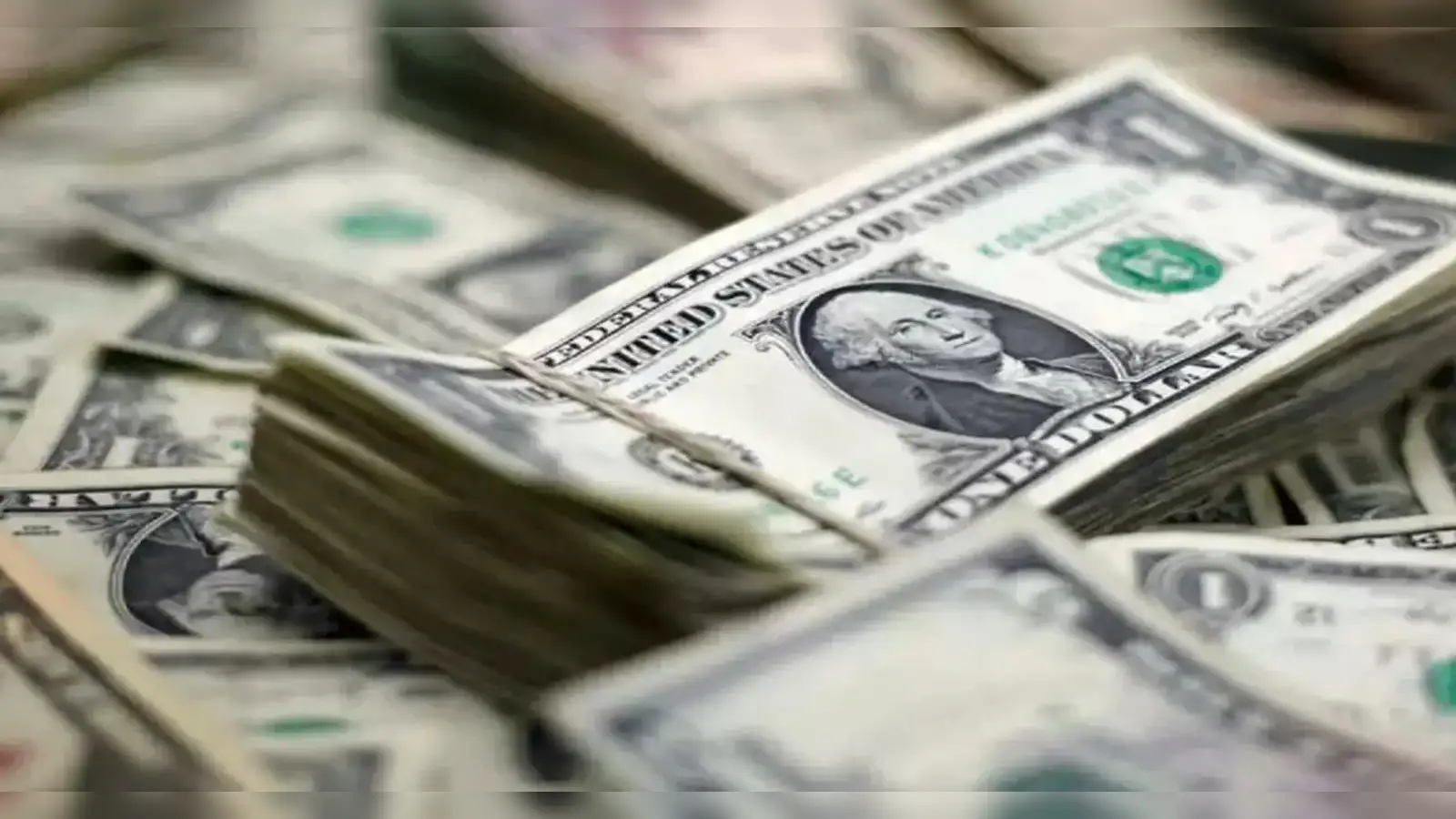
The dollar is held back by a rise in Asian currencies
Tuesday saw the dollar struggle to gain ground as the weakness of the U.S. currency was brought to light by an unusual two-day spike in its Taiwanese counterpart that spread to other regional rivals.
To prevent the local currency from appreciating and breaking its peg to the U.S. dollar, Hong Kong’s de-facto central bank announced earlier in the day that it had purchased $7.8 billion (HK$60.5 billion).
Investors also wanted proof of a thaw in Sino-U.S. relations and real progress in trade talks with the United States, not just signals from officials.
In tandem with the conclusion of U.S.-Taiwan trade negotiations in Washington, the Taiwan dollar jumped 8% in two days, reaching a three-year high of 29.59 per dollar on Monday. The last stable price was $30.02 per dollar.
“While the move has been driven by hedging activity from lifers, the factor many talk about is whether these countries with historically ‘weak’ and heavily managed currencies are now appealing to Trump through the currency channels and are now allowing for an appreciation of the currency as part of the trade negotiations,” said Chris Weston, head of research at Pepperstone.
Taiwan’s central bank has rejected such an agreement on multiple occasions, but the market is not totally persuaded and believes that the U.S. will certainly appreciate the Taiwan dollar’s surge, which has its tacit support.
The aftermath also helped other currencies, such as the yen and the Australian dollar, which last hovered around $9.6449, Monday’s five-month high.
The yen had a 0.9% increase overnight, but it was only little weaker at 143.99 to the dollar.
The reopening of trade after a long vacation caused China’s onshore yuan to climb to its highest level since March 20 at 7.23 per dollar.
The actions strengthened the argument that investors were losing faith in the US dollar as a result of President Donald Trump’s disorganized international tariff strategy.
According to Carol Kong, a currency strategist at Commonwealth Bank of Australia, “the U.S. dollar is still significantly weaker, but U.S. Treasury yields are essentially back to where they were before ‘Liberation Day’.”
“I think that just indicates that markets are still unsure of the U.S. dollar’s safe-haven status… investors are wary of putting their money into the U.S. dollar.”
The dollar was up 0.2 percent at 100.04 against a basket of others. The dollar index saw its biggest monthly drop in more than two years last month, falling 4.3%.
On Wednesday, the Fed will make its policy announcement. It is anticipated that rates will remain unchanged, but this meeting might be the last one with such a clear-cut conclusion.
Sterling weakened 0.24% to $1.3265, while the euro dropped 0.25% to $1.1287.
The New Zealand dollar was trading at $0.5949, down 0.3%.
This week, the Bank of England is also predicted to cut interest rates by a quarter point on Thursday as the outlook for global economy is bleakened by Trump’s tariffs. Meanwhile, central banks in Sweden and Norway are expected to maintain their current rates.
All Categories
Tags
+13162306000
zoneyetu@yahoo.com



